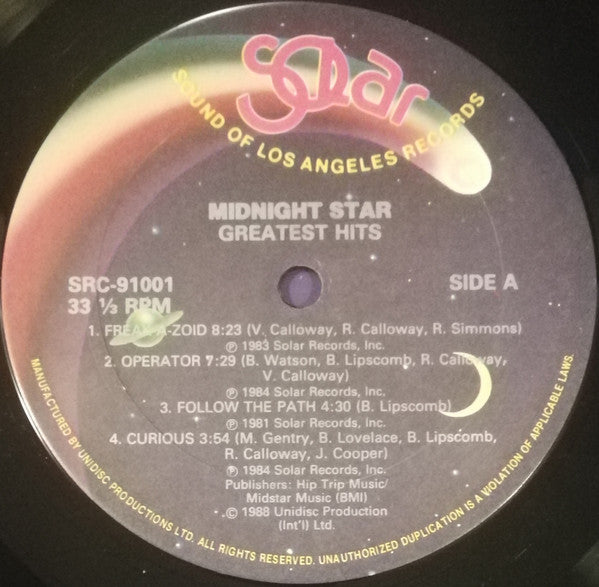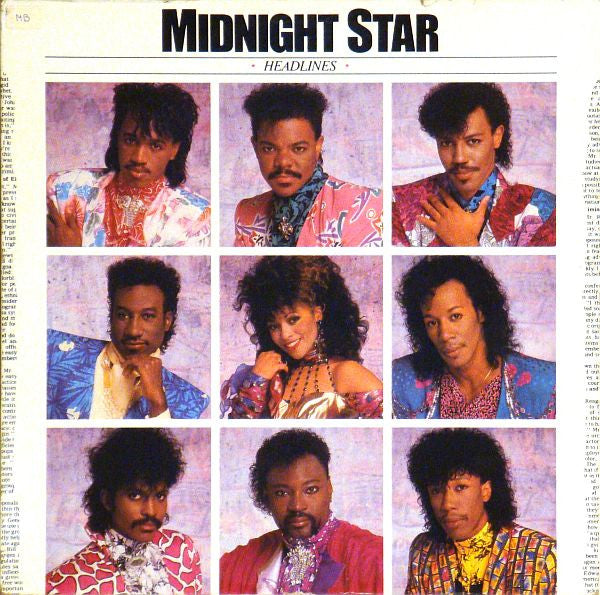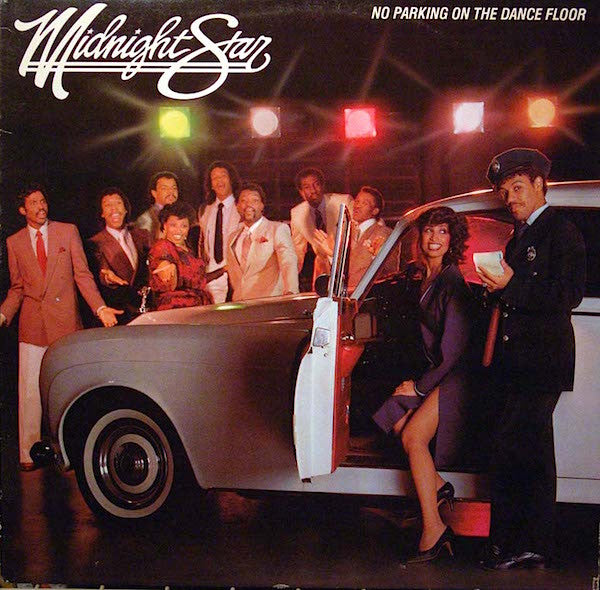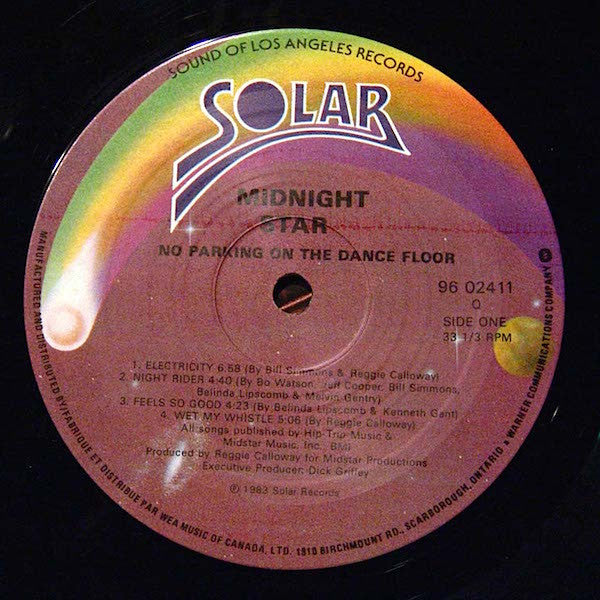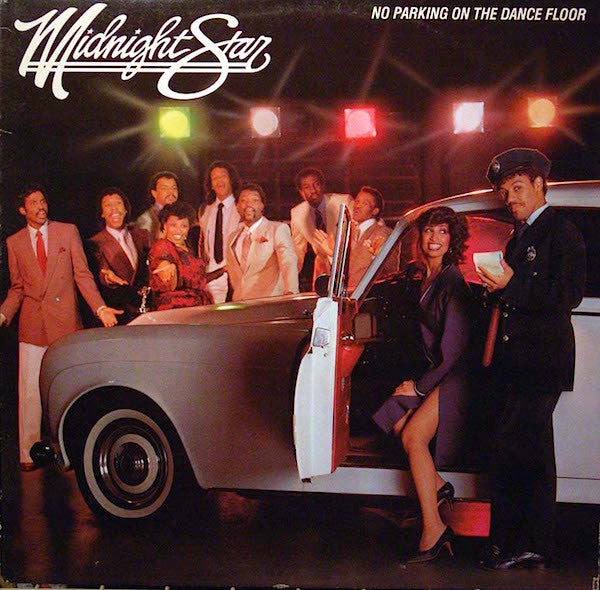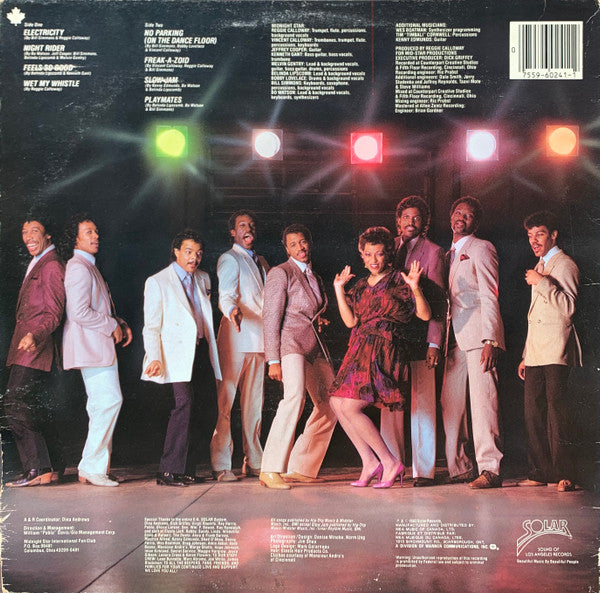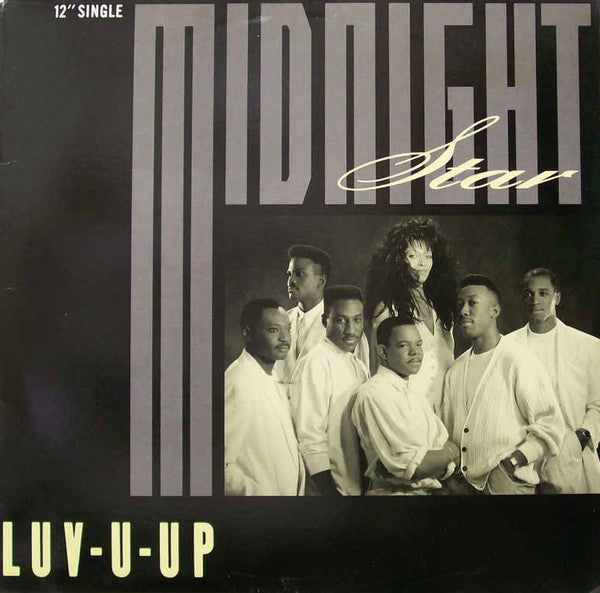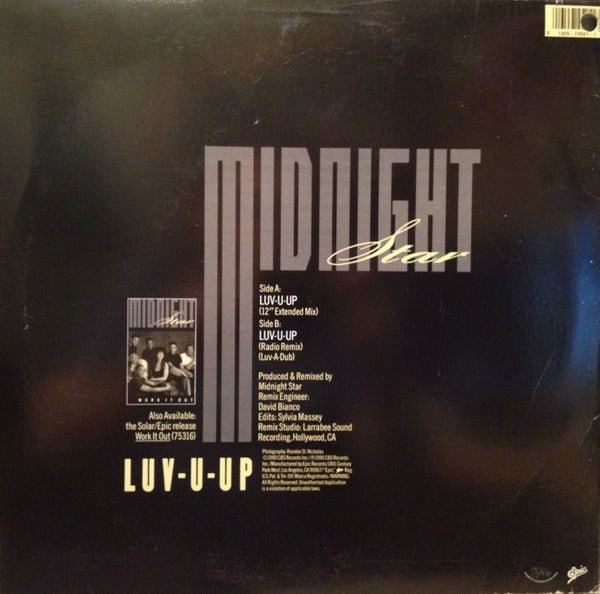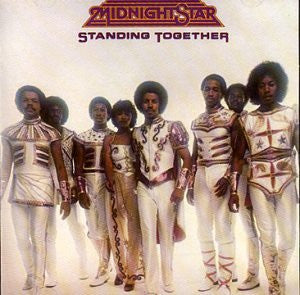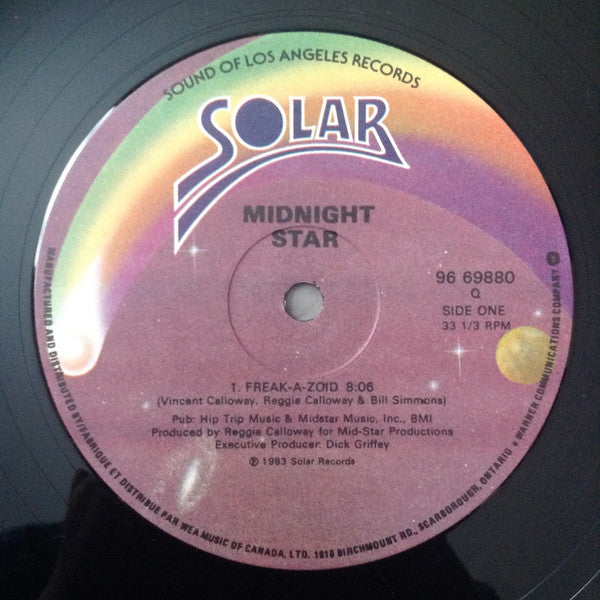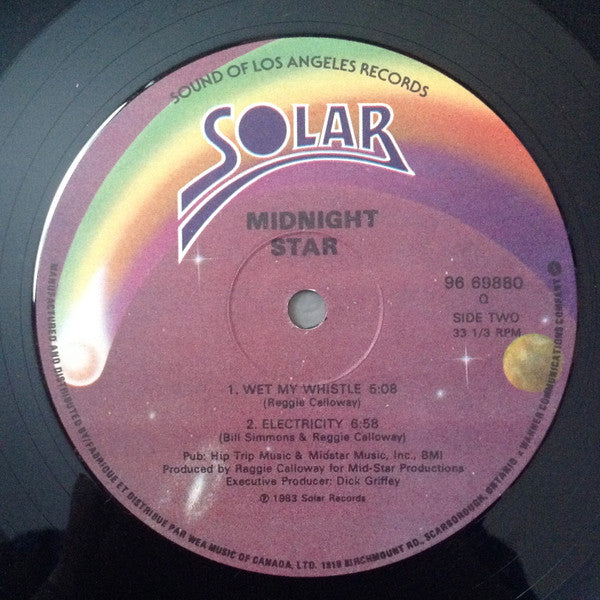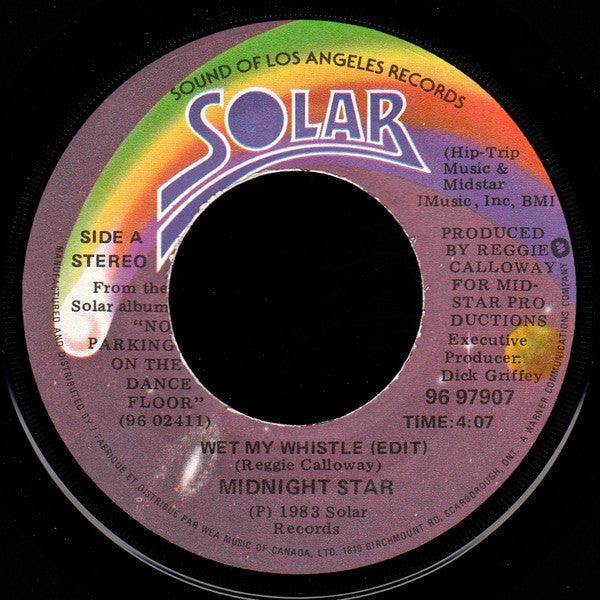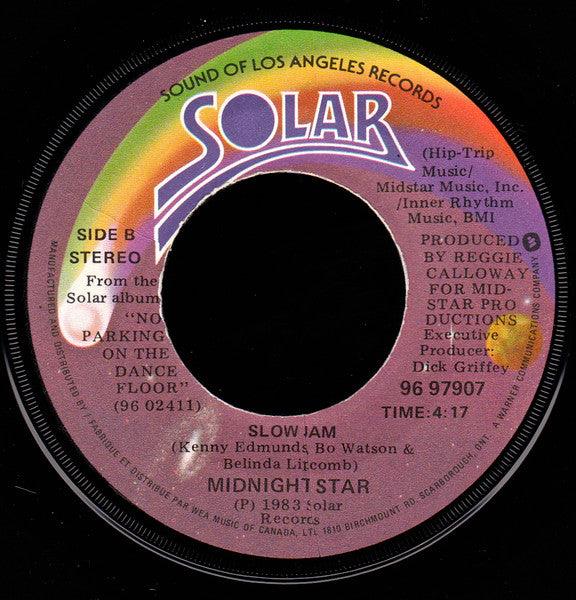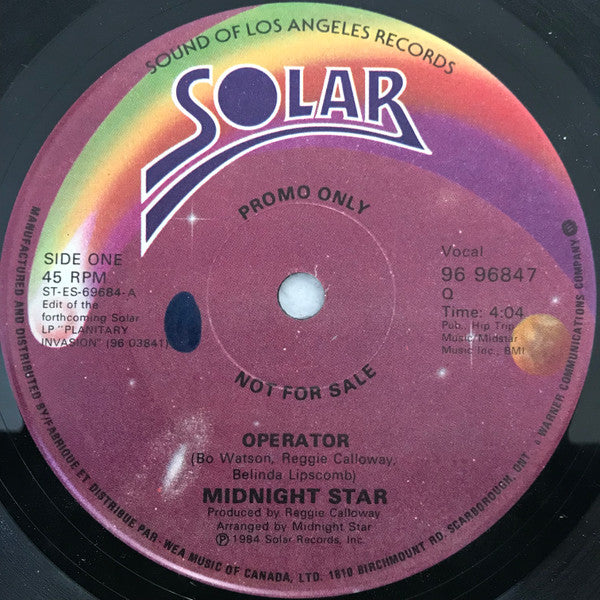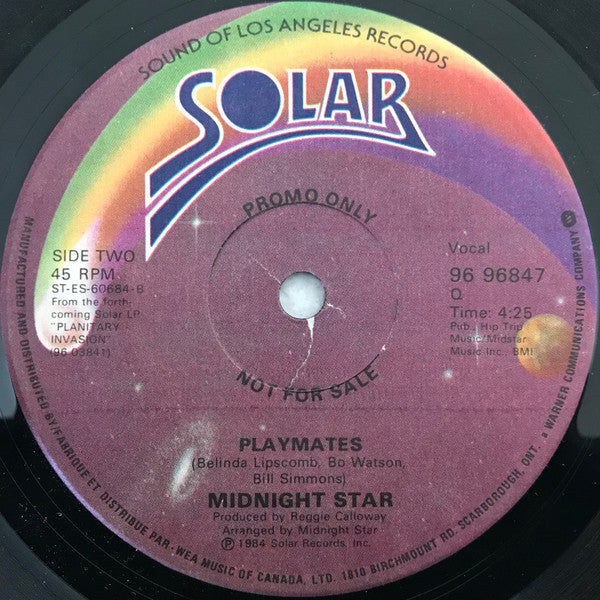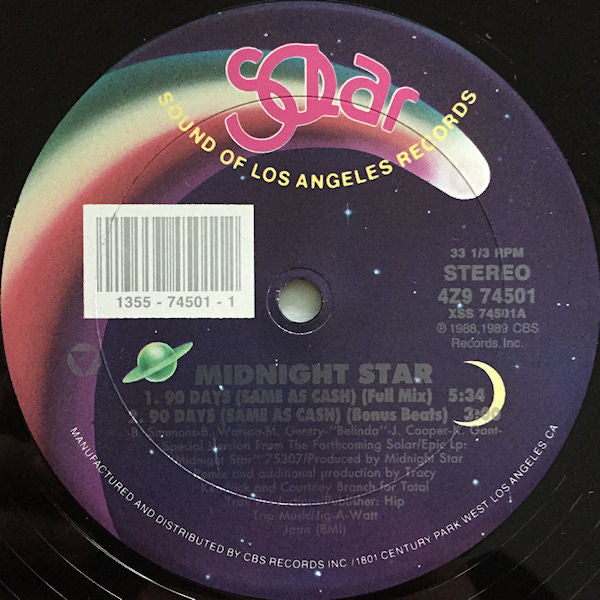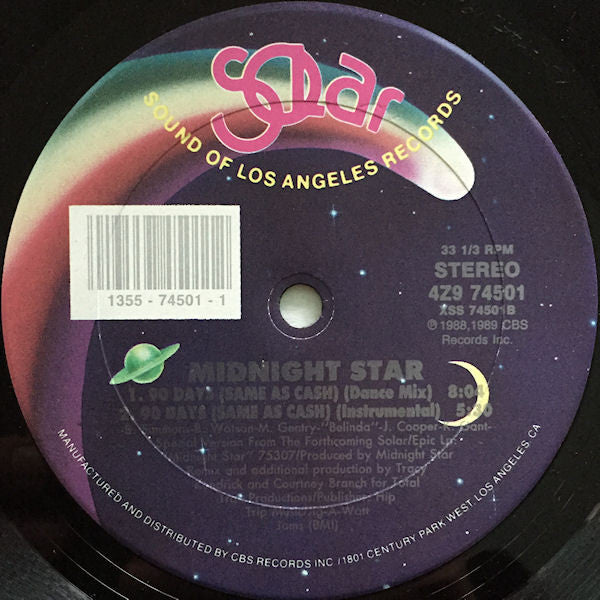"No parking, baby, no parking on the dance floor."
Emerging from Kentucky State University in the mid-70s, Midnight Star pioneered an electronic funk sound that would help to define the 1980s. While other bands were plodding on early synthesizers, this nine-piece collective from Louisville was programming the future.
The early albums "The Beginning" (1980) and "Victory" (1982) showed a band finding their voice, blending traditional funk with emerging technology. But it was 1983's "No Parking on the Dance Floor" that announced their arrival. The title track and "Freak-A-Zoid" became instant classics, their vocoder-heavy grooves and talkbox effects creating a sound that was both futuristic and irresistibly funky.
"Planetary Invasion" (1984) took things further into the stratosphere. "Operator" gave them their biggest hit, a synth-funk masterpiece that ruled both R&B and dance charts. The band had perfected their formula: tight electronic production, memorable hooks, and that signature vocoder sound.
"Headlines" (1986) continued their hot streak with the sultry slow jam "Midas Touch" showing they could work magic at any tempo. But as the decade progressed, the music industry was changing. The band split, with producers Reggie and Vincent Calloway going on to form Calloway, while the remaining members continued as Midnight Star.
What set Midnight Star apart wasn't just their embrace of technology—lots of bands had drum machines and synthesizers. It was how they used them. In their hands, vocoders and talkboxes were warm funk, not cold Kraftwerk.
Their influence runs through hip-hop, with everyone from Dr. Dre to Snoop Dogg sampling their grooves. The "Freak-A-Zoid" bassline has been chopped and repurposed dozens of times,
Seven studio albums, a string of R&B hits, and a definitive sound. Midnight Star's electronic funk created dance floors with no space for parking, and new generations keeping discovering what DJs knew intimately: that this Star shone bright.








